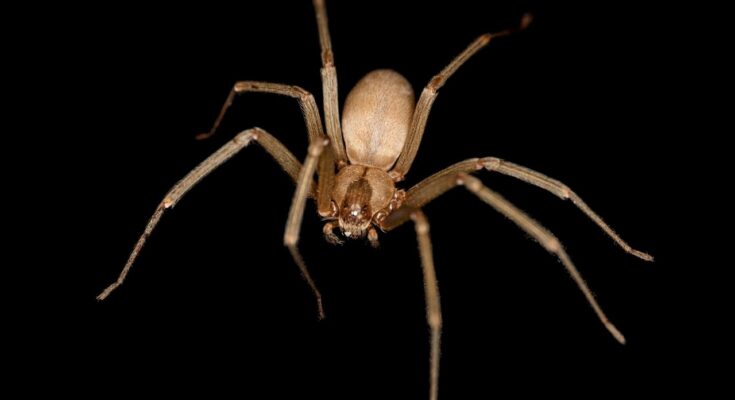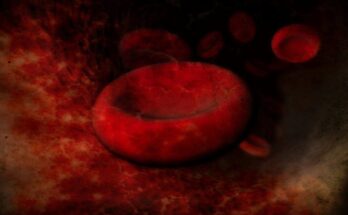A man in Greece died after a brown spider bite, in a rare incident that has not been previously recorded in the country.
The 48-year-old man from Viotia, central Greece, who was vacationing in the western Peloponnese, passed away on Thursday afternoon after being admitted to the Intensive Care Unit (ICU) of the General Hospital of Pyrgos.
The man was hospitalized following a severe reaction to the spider’s bite.
Local reports indicate that a private orthopedic doctor initially examined him due to pain in his leg. Although his condition initially showed some stability, it rapidly deteriorated, leading to his death.
The Mediterranean recluse spider (Loxosceles rufescens) is a species of spider that originated in the Mediterranean region as its name implies, but can now be found in many parts of the world and is listed as one of the most invasive spiders worldwide.
The Blue Spider’s bites
According to Wikipedia usually dwelling in caves, the spiders will also inhabit basements and tunnels. Their webs shelter their egg sacs, which hatch into young that molt as they grow. The spider hunts at night and eats species including silverfish and cockroaches, and they usually target smaller insects.
Similar to other species in their genus, bites can cause necrosis and, for some individuals, systemic damage. Most cases are medically insignificant, but in some cases, from 2 to 8 hours after a bite, there may be penetrating pain followed by a burning sensation.
Areas adjacent to the bite often become red and painful due to vasospasm and ischemia. A blister may form which often changes to a dark blue color with a sunken center days following the bite. In rare cases, hemolysis, intravascular coagulation, and thrombocytopenia can occur, leading to renal failure.
Greek biologist Antonia Cheretaki, says that the brown recluse spiders prefer warm climates, live mostly in the dark, and are usually found in piles of wood, leaves, or rocks, where they can shelter.
“It is still quite possible to find them in your house or on your terrace, for example in shoes or piles of clothes that have been on the floor for a long time,” she adds.
The brown recluse spider has a distinctive dark, violin-shaped spot on its head, but this is not always easily distinguishable. Therefore, it is not easy to distinguish it from other brown spiders.
“Where it is suspected that someone has been bitten by a brown recluse spider, they should be taken immediately to an emergency room at the nearest hospital for specialized medical attention,” the Greek expert says.
“Early treatment is important, especially for young children or the elderly, who experience more severe symptoms.”
Related: Spider Poison May Treat Erectile Dysfunction, Scientists Say



